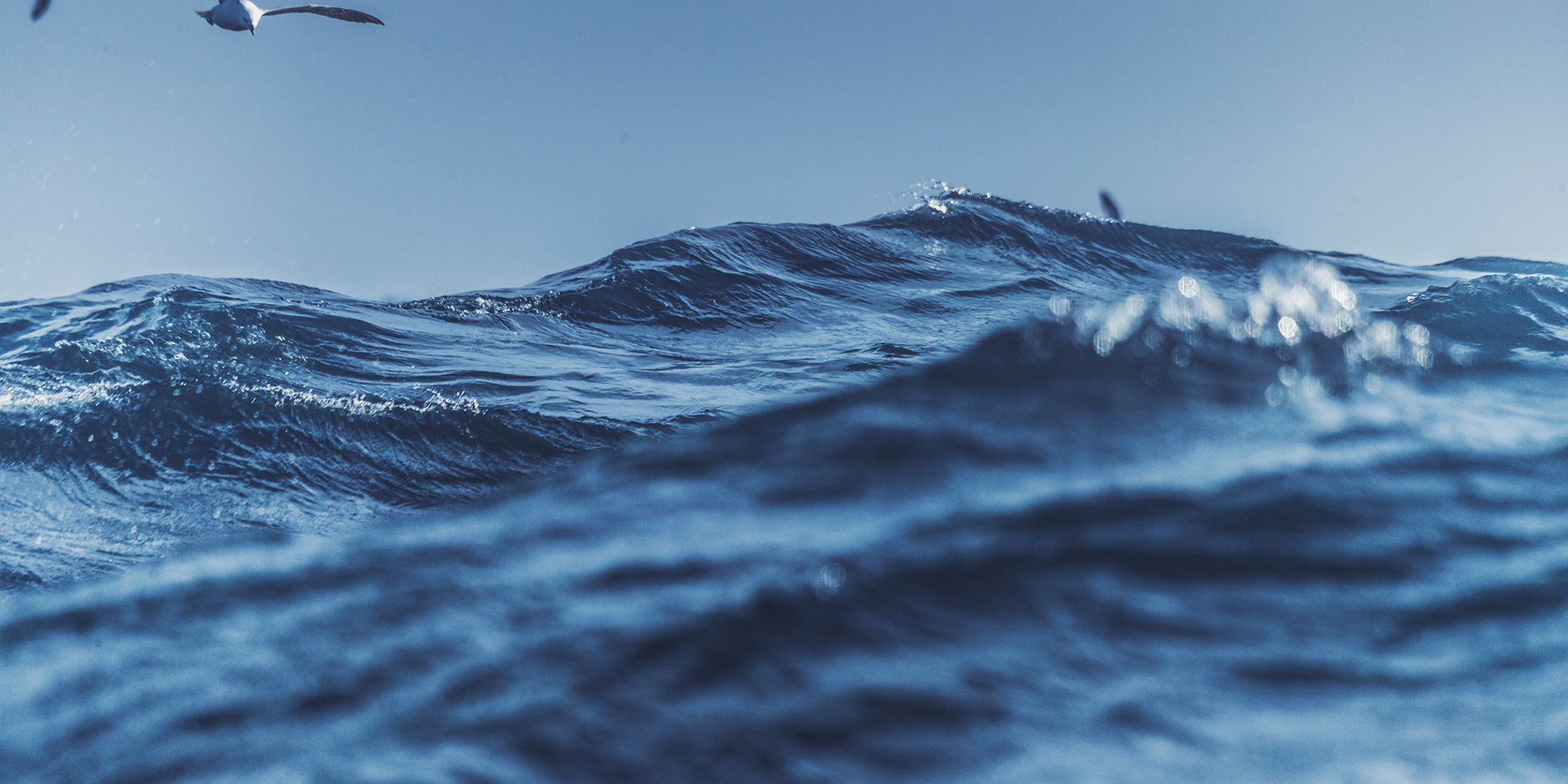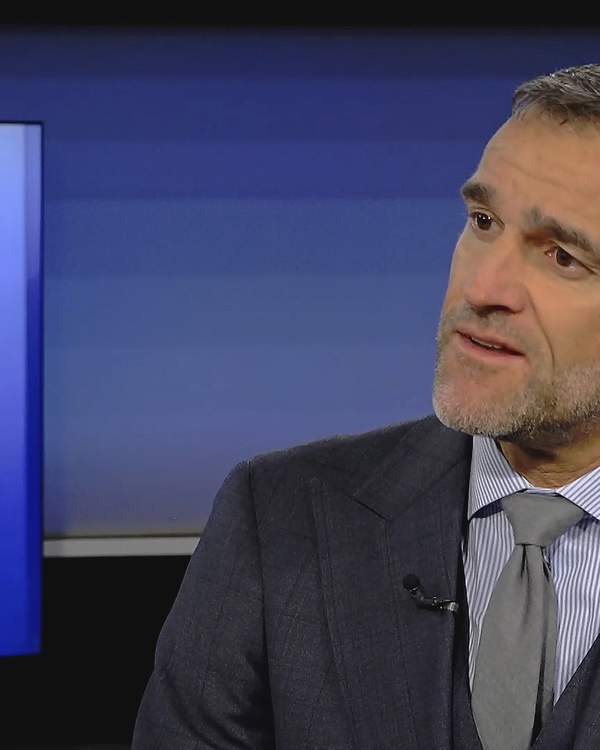Blue gold is gaining in importance
Water is a precious commodity: while consumption is constantly rising, fresh water is becoming increasingly scarce. All the more reason why innovative solutions are needed, for example in seawater desalination. This offers opportunities for investors.
Autor: Dr. René Nicolodi, Leiter Equities & Themes

Fresh water consumption has increased six-fold since 1900, to around 4,800 billion cubic metres per year, and has since risen around 1.5 times faster than the global population has grown in the same period. According to studies by the World Economic Forum (WEF), global demand for fresh water will exceed supply by up to 40 per cent by 2030. This is referred to as the water gap, i.e. the difference between the demand for water and the sustainably available supply of fresh water. Without ground-breaking technological innovations and investments in more efficient water use and wastewater treatment, the water gap is likely to become an increasingly serious social and economic problem on a global scale.
According to the latest UN World Water Development Report, agriculture will remain the largest absolute consumer of water, currently accounting for around 62 per cent of total consumption, even though the ‘industry’ (approx. 25 per cent) and ‘cities & households’ (approx. 13 per cent) sectors are growing. In the industrial sector, the precious liquid is primarily used in numerous production processes. Two current drivers of water consumption are the increasing use for cooling high-performance data centres and the global expansion of capacity in the relatively water-intensive production of semiconductors.
In addition, rising global prosperity is leading to a general increase in consumption, as lifestyles are becoming more water-intensive due to changes in consumer behaviour. For example, demand for more water-intensive foods such as animal proteins - especially meat - is on the rise. Climate change is affecting the water balance and, as a result of droughts and heatwaves, groundwater levels are falling, increasing the risk to a stable drinking water supply. It is clear that extensive investment in the water sector is needed to avoid the impending water shortfall.
A look at seawater desalination
In addition to various technologies and methods that can be attributed to water efficiency and water conservation, the ‘extraction’ of additional usable fresh water has received increasing attention in recent years. Seawater desalination has a key role to play. A major advantage of this technology is that seawater is available in large quantities and is usually directly available where there is often the greatest demand, namely in coastal, urban centres.
So could this technology be a possible solution to the looming water shortage? Unfortunately, it is not quite that simple, as seawater desalination still has some serious weaknesses: on the one hand, it is very energy-intensive and therefore expensive. On the other hand, the safe disposal of the residual product - a highly concentrated brine that often also contains chemical residues from the treatment process - poses a problem.
There are currently two main seawater desalination technologies in use. These are the so-called reverse osmosis membrane technology, in which, put simply, seawater is pressed through various membranes under high pressure until clean fresh water remains at the end. There is also the thermal method, in which heat is used to vaporise the seawater. The salt and most of the impurities are left behind, while the water is collected and finally treated.
Desalination process to become more efficient
Scientists are currently working hard to make the desalination process more energy-efficient. Among other things, the use of renewable energy sources, the utilisation of residual heat from nearby industrial plants or power stations and innovative desalination plants that operate directly on the seabed are being considered. The latter require less energy due to the natural water pressure and continuous dilution of the brine. Improved membrane technologies for land-based plants (including self-cleaning membranes that continuously reduce the salt concentration in the brine) and the extraction of valuable minerals such as lithium and rare earths from the brine (the sale of which helps to improve the cost balance of desalination) are further starting points that are currently being researched.
The current leader in the use of seawater desalination plants is Saudi Arabia, which already generates around 70 per cent of its fresh water from desalination plants. However, numerous plants are already in operation in many other coastal regions, supplying around 300 million people with fresh water every day. The global market for desalination plants and technology was estimated at around 16 billion dollars in 2023. High annual growth rates of over 9 per cent are forecast for the coming years, which can be explained by the increasing demand for clean water and the necessary technological advances. At the same time, the responsible use of fresh and waste water must be promoted and optimised as a top priority at all levels. Especially as the unabated production of wastewater, which is inadequately purified and released into nature, has a devastating long-term impact on flora and fauna, particularly in the world's oceans, the ‘source’ of desalination plants.
‘Water’ thematic funds enable investments in companies in the areas of water supply, treatment and management that make an important contribution to solving the problem of water scarcity and securing water supplies worldwide.


